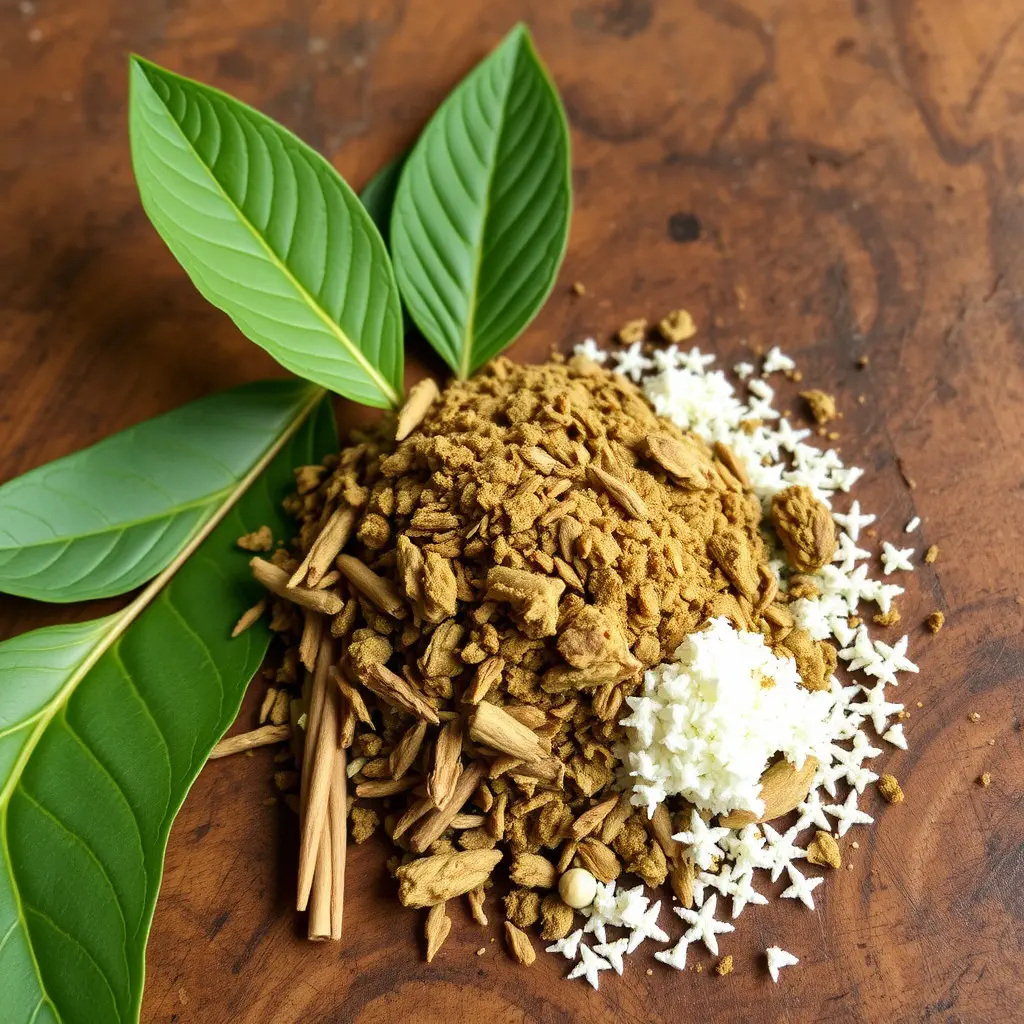The Indiana Kratom Consumer Protection Act regulates the use of kratom within the state, setting safety standards while recognizing its potential therapeutic benefits for opioid withdrawal management. As of July 1, 2021, under the Synthetic Drug Expansion Act, kratom has been reclassified as a Schedule I controlled substance in Indiana, placing it alongside substances with high abuse potential and no accepted medical use. This classification reflects concerns about the dangers of kratom use and imposes stricter regulations on its sale and distribution. Users should be aware of these legal changes and the importance of medical supervision when using kratom as part of their treatment plan. The Indiana state Department of Health outlines guidelines for procurement from reputable sources and emphasizes the need for ongoing medical monitoring to address efficacy and potential side effects. It is crucial for individuals in Indiana, especially those managing opioid withdrawal, to stay informed about the Indiana kratom law and its implications on their treatment options. Regular updates to this legislation highlight the ongoing evaluation necessary to balance the therapeutic benefits with safeguards against misuse.
Exploring the potential of kratom as a mitigator for opioid withdrawal symptoms, this article delves into the nuanced legal landscape of kratom use in Indiana following the enactment of new legislation. It provides insightful guidance on integrating kratom into opioid cessation strategies, aligning with Indiana’s evolving regulations. The discourse is anchored around the pivotal role kratom plays in managing withdrawal symptoms, offering a balanced perspective on this complex issue.
- Understanding Kratom's Role in Mitigating Opioid Withdrawal Symptoms
- The Legal Landscape of Kratom Use in Indiana, Post the New Law
- How to Safely Incorporate Kratom into Opioid Withdrawal Management Plans in Compliance with Indiana Legislation
Understanding Kratom's Role in Mitigating Opioid Withdrawal Symptoms

Kratom, a plant native to Southeast Asia, has garnered attention for its potential role in mitigating opioid withdrawal symptoms. The alkaloids present in kratom leaves, primarily mitragynine and 7-hydroxymitragynine, interact with the brain’s opioid receptors, which can help alleviate the discomfort associated with opioid cessation. As such, individuals experiencing withdrawal may find relief through kratom’s effects. However, it is crucial to approach this topic with caution and to be aware of the legal status of kratom in various jurisdictions. In Indiana, for instance, the legal landscape regarding kratom is defined by the Indiana Kratom Consumer Protection Act, which aims to regulate the production, sale, and use of kratom products while ensuring consumer safety. This act reflects the complex interplay between public health concerns, potential benefits, and regulatory considerations that surround the use of kratom for opioid withdrawal symptoms. Users should be informed about both the therapeutic potential and the legal constraints of kratom use as outlined in the Indiana kratom law before considering it as part of their withdrawal management strategy. It is advisable to consult healthcare professionals and stay updated on legislative changes, as the understanding and regulation of kratom continue to evolve.
The Legal Landscape of Kratom Use in Indiana, Post the New Law

Following the enactment of the Synthetic Drug Expansion Act in Indiana, the legal status of kratom has undergone significant changes. This comprehensive legislation, which came into effect as of July 1, 2021, includes provisions specifically addressing kratom. Under the new law, kratom is now classified as a Schedule I controlled substance in Indiana, alongside drugs like heroin and LSD. This classification reflects the state’s stance on the potential risks associated with kratom use. The scheduling of kratom under the Synthetic Drug Expansion Act signifies a stringent regulatory approach, with implications for both consumers and vendors. It is important for those considering kratom as an option for managing opioid withdrawal symptoms to be aware of these legal changes, as they impact the availability and legality of kratom products within the state’s borders. Indiana’s kratom law continues to evolve, and stakeholders are advised to stay informed about any updates or amendments that may occur. For those in Indiana looking for support in opioid withdrawal, understanding the current legal landscape is a crucial first step.
How to Safely Incorporate Kratom into Opioid Withdrawal Management Plans in Compliance with Indiana Legislation

When managing opioid withdrawal symptoms, individuals in Indiana must navigate the state’s legislative framework surrounding the use of Kratom, a plant-based substance that has gained attention for its potential therapeutic effects. As per the Indiana kratom law, Kratom is legal within the state but subject to strict regulations. Healthcare providers and patients should be aware of these stipulations when considering Kratom as part of a withdrawal management plan. It is crucial to adhere to the guidelines set forth by the Indiana State Department of Health, which include purchasing Kratom from reputable sources and using it under the supervision of a licensed medical professional. The use of Kratom for opioid withdrawal should be carefully integrated into treatment protocols, considering its active compounds, mitragynine, and 7-hydroxymitragynine, which may alleviate withdrawal symptoms. However, due to the potential for dependency and interactions with other substances, it is essential to approach its inclusion with caution. Patients should be closely monitored for effectiveness and side effects, ensuring that Kratom supplements the overall treatment strategy rather than replacing professional medical care. The Indiana kratom law provides a framework for safe use, emphasizing the importance of education, informed consent, and ongoing assessment to prevent misuse and support individuals seeking relief from opioid withdrawal symptoms in compliance with state legislation.
In recent discussions on the management of opioid withdrawal symptoms, the role of Kratom has been a subject of considerable interest, particularly in the context of Indiana’s legal landscape. The passage of new legislation governing Kratom use in the state has provided a framework for safely incorporating this substance into withdrawal management plans. This article has explored the potential benefits of Kratom in alleviating opioid withdrawal symptoms and the importance of adhering to Indiana’s legislative guidelines to ensure patient safety and legal compliance. As the understanding of Kratom continues to evolve, it is imperative for medical professionals and policymakers to work collaboratively to offer effective treatment options while prioritizing the well-being of individuals affected by opioid use disorder. The Indiana kratom law represents a significant step in this direction, offering a harmonized approach to addressing the challenges of substance withdrawal.






